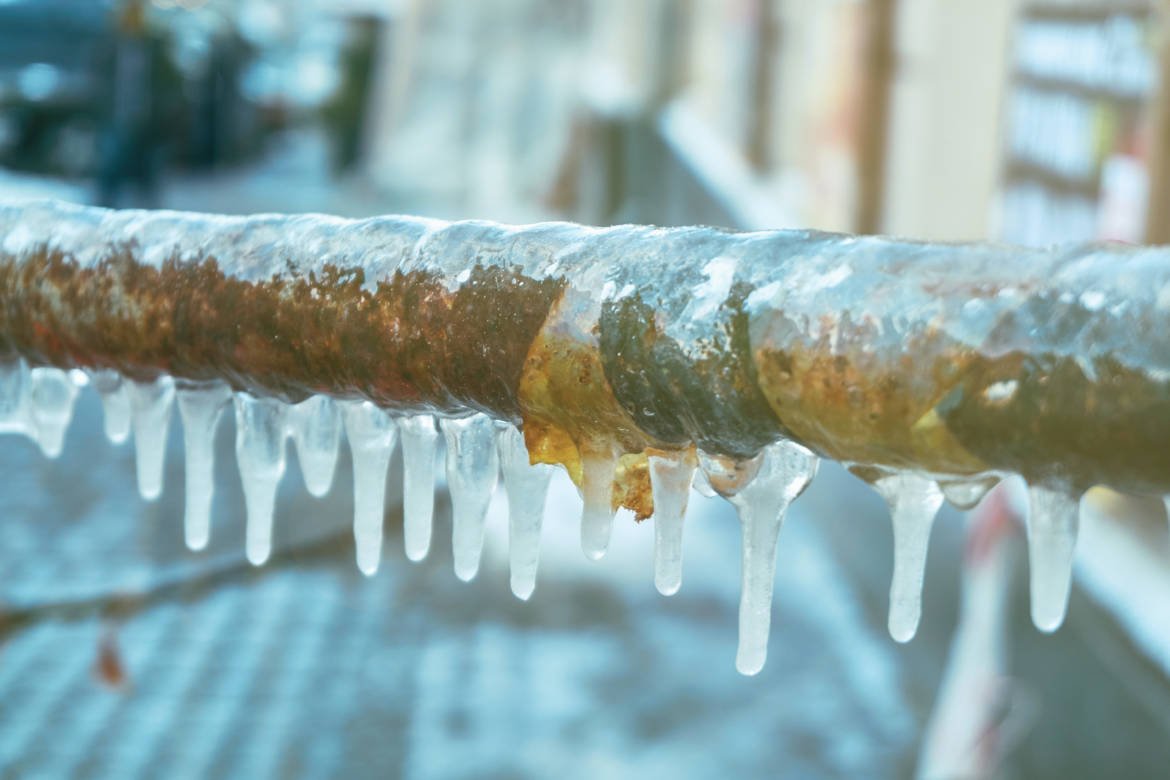Crucial Tips for Preventing Frozen Pipes in Winter Conditions
Crucial Tips for Preventing Frozen Pipes in Winter Conditions
Blog Article
Right here down the page you can locate a good deal of high-quality resources pertaining to 6 Ways to Prevent Frozen Pipes.

Winter can ruin your plumbing, specifically by freezing pipes. Below's how to stop it from occurring and what to do if it does.
Introduction
As temperature levels drop, the danger of frozen pipelines rises, potentially causing costly fixings and water damages. Understanding exactly how to prevent frozen pipes is crucial for homeowners in cool environments.
Prevention Tips
Insulating susceptible pipelines
Cover pipes in insulation sleeves or utilize warm tape to safeguard them from freezing temperature levels. Focus on pipelines in unheated or external locations of the home.
Home heating strategies
Maintain interior spaces effectively heated up, specifically locations with plumbing. Open up cabinet doors to permit warm air to distribute around pipelines under sinks.
Just how to recognize icy pipes
Seek reduced water circulation from faucets, uncommon odors or sounds from pipes, and noticeable frost on exposed pipes.
Long-Term Solutions
Architectural modifications
Consider rerouting pipelines far from exterior wall surfaces or unheated areas. Include added insulation to attics, basements, and crawl spaces.
Upgrading insulation
Buy premium insulation for pipelines, attic rooms, and wall surfaces. Correct insulation aids maintain consistent temperatures and decreases the danger of frozen pipes.
Safeguarding Outdoor Plumbing
Garden hoses and exterior taps
Detach and drain garden hoses prior to winter. Set up frost-proof faucets or cover outdoor taps with insulated caps.
Recognizing Frozen Pipelines
What creates pipes to freeze?
Pipes freeze when subjected to temperature levels listed below 32 ° F (0 ° C) for prolonged durations. As water inside the pipes ices up, it increases, putting pressure on the pipeline walls and potentially causing them to break.
Risks and damages
Icy pipes can bring about supply of water disturbances, building damage, and costly repairs. Burst pipes can flood homes and trigger considerable structural damage.
Signs of Frozen Piping
Recognizing icy pipelines early can stop them from breaking.
What to Do If Your Pipelines Freeze
Immediate activities to take
If you believe icy pipes, keep faucets open to relieve stress as the ice thaws. Make use of a hairdryer or towels soaked in hot water to thaw pipelines slowly.
Final thought
Preventing icy pipelines requires positive measures and fast actions. By understanding the causes, indications, and safety nets, homeowners can safeguard their plumbing throughout cold weather.
5 Ways to Prevent Frozen Pipes
Drain Outdoor Faucets and Disconnect Hoses
First, close the shut-off valve that controls the flow of water in the pipe to your outdoor faucet. Then, head outside to disconnect and drain your hose and open the outdoor faucet to allow the water to completely drain out of the line. Turn off the faucet when done. Finally, head back to the shut-off valve and drain the remaining water inside the pipe into a bucket or container. Additionally, if you have a home irrigation system, you should consider hiring an expert to clear the system of water each year.
Insulate Pipes
One of the best and most cost-effective methods for preventing frozen water pipes is to wrap your pipes with insulation. This is especially important for areas in your home that aren’t exposed to heat, such as an attic. We suggest using foam sleeves, which can typically be found at your local hardware store.
Keep Heat Running at 65
Your pipes are located inside your walls, and the temperature there is much colder than the rest of the house. To prevent your pipes from freezing, The Insurance Information Institute suggests that you keep your home heated to at least 65 degrees, even when traveling. You may want to invest in smart devices that can keep an eye on the temperature in your home while you’re away.
Leave Water Dripping
Moving water — even a small trickle — can prevent ice from forming inside your pipes. When freezing temps are imminent, start a drip of water from all faucets that serve exposed pipes. Leaving a few faucets running will also help relieve pressure inside the pipes and help prevent a rupture if the water inside freezes.
Open Cupboard Doors
Warm your kitchen and bathroom pipes by opening cupboards and vanities. You should also leave your interior doors ajar to help warm air circulate evenly throughout your home.

I'm certainly very enthusiastic about How to Prevent Your Pipes From Freezing and I am hoping you enjoyed the entire post. Do you know someone else who is in to the topic? Take a moment to share it. We value your readership.
Click Here Report this page